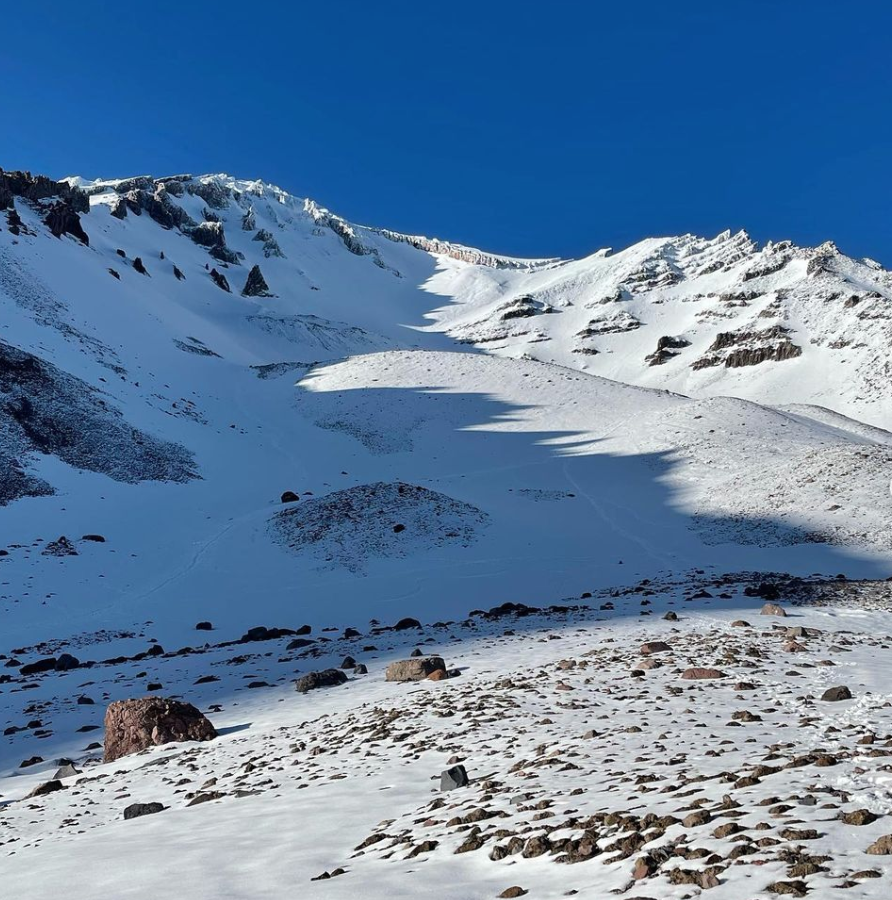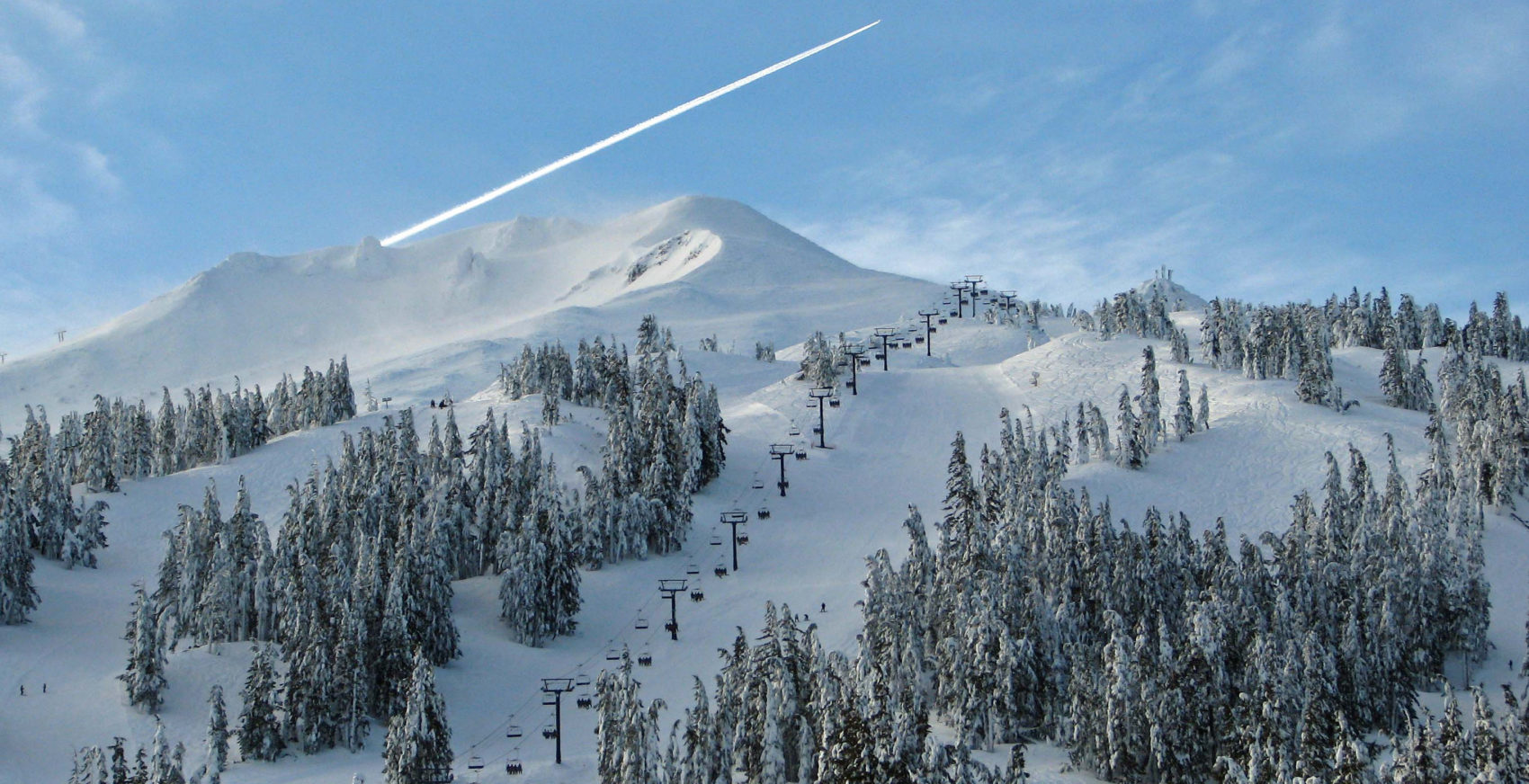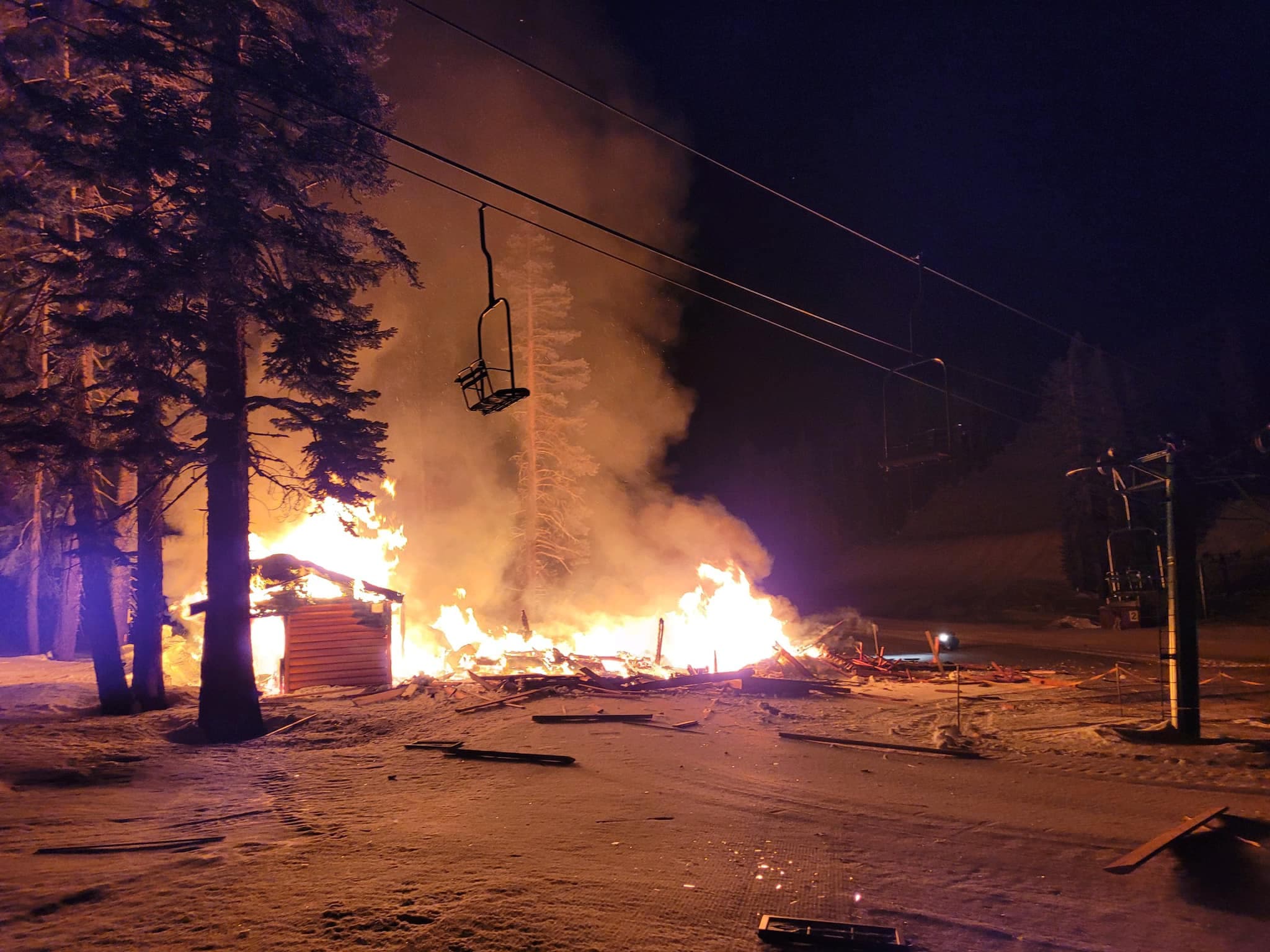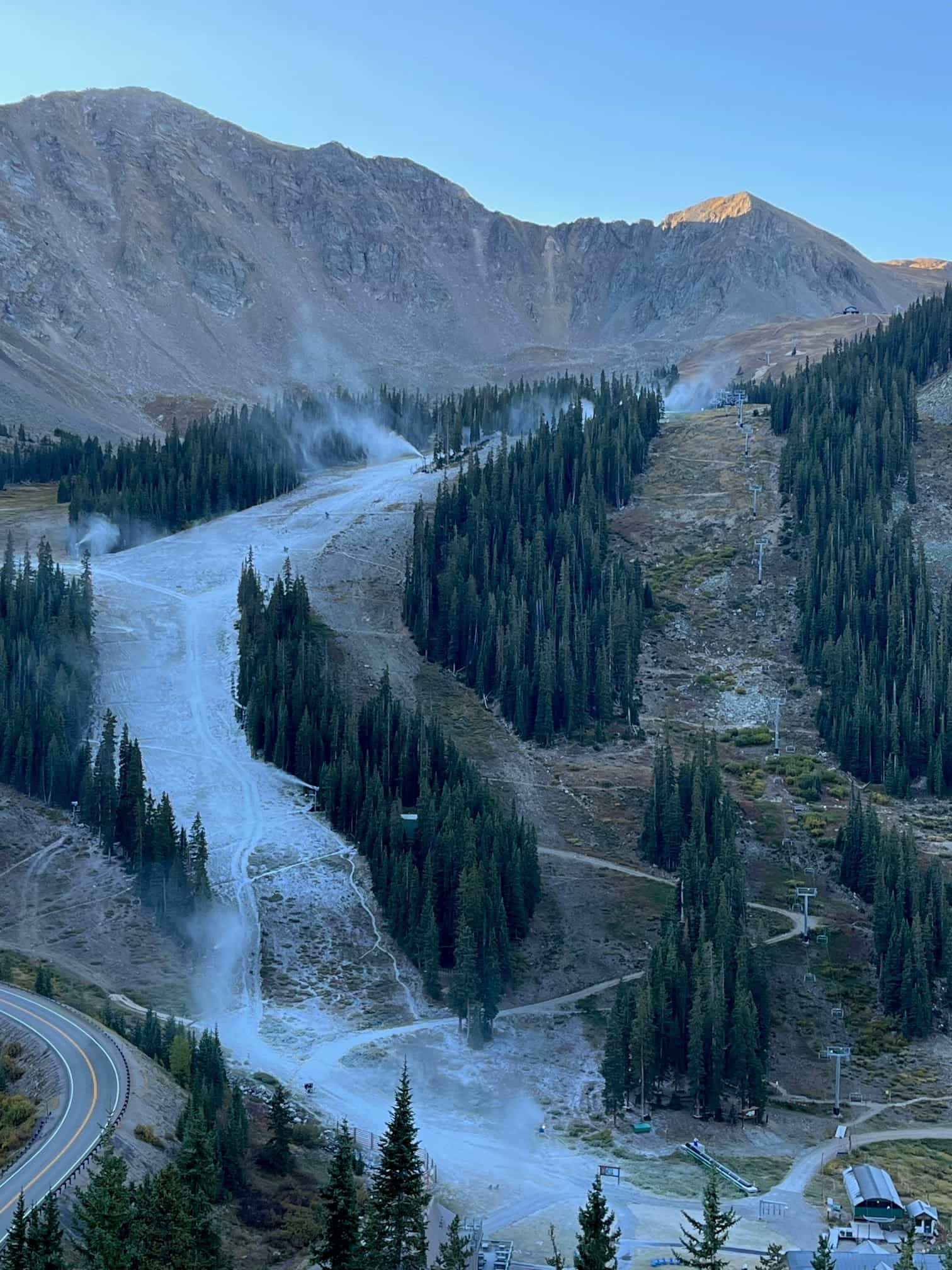
After five injured climbers in critical condition had to be airlifted from Mount Shasta earlier this week, with one of the climbers succumbing to their injuries and dying, the Mount Shasta Avalanche Center reported today that stormy, dangerous weather will affect the 14,000’+ peak this weekend.
The Mountain Shasta Avalanche Center warned climbers of the incoming severe weather when it wrote in an Instagram post:
❗️Climbers❗️It’s looking like Mother Nature is going to bring another weekend of stormy weather to Mt Shasta. The snow level forecast is near 12k feet on Saturday, lowering to 9k feet on Sunday. Light precipitation and strong southwest wind is expected. Clouds and fog will likely make visibility difficult at times. Snow surface conditions are still smooth and firm, just like last weekend. Icy terrain is likely to be encountered, especially with the additional rain/snow and cooling temps. ❌One must not fall in steep terrain✅. Approach with a humble attitude and willingness to turn around. Bring a little extra whiskey, a deck of cards, good book… enjoy friend company in a cozy tent (that is anchored well)…getting to the top is going to be difficult and more dangerous than normal this weekend.
If you plan to recreate on Mount Shasta this weekend, please check the weather and plan accordingly.
About Mount Shasta
According to Wikipedia, Mount Shasta is a potentially active volcano at the southern end of the Cascade Range in Siskiyou County, California. At an elevation of 14,179 feet (4321.8 meters), it is the second-highest peak in the Cascades and the fifth-highest in the state. Shasta has an estimated volume of 85 cubic miles (350 cubic kilometers), which makes it the most voluminous stratovolcano in the Cascade Volcanic Arc. The mountain and surrounding area are part of the Shasta–Trinity National Forest.




